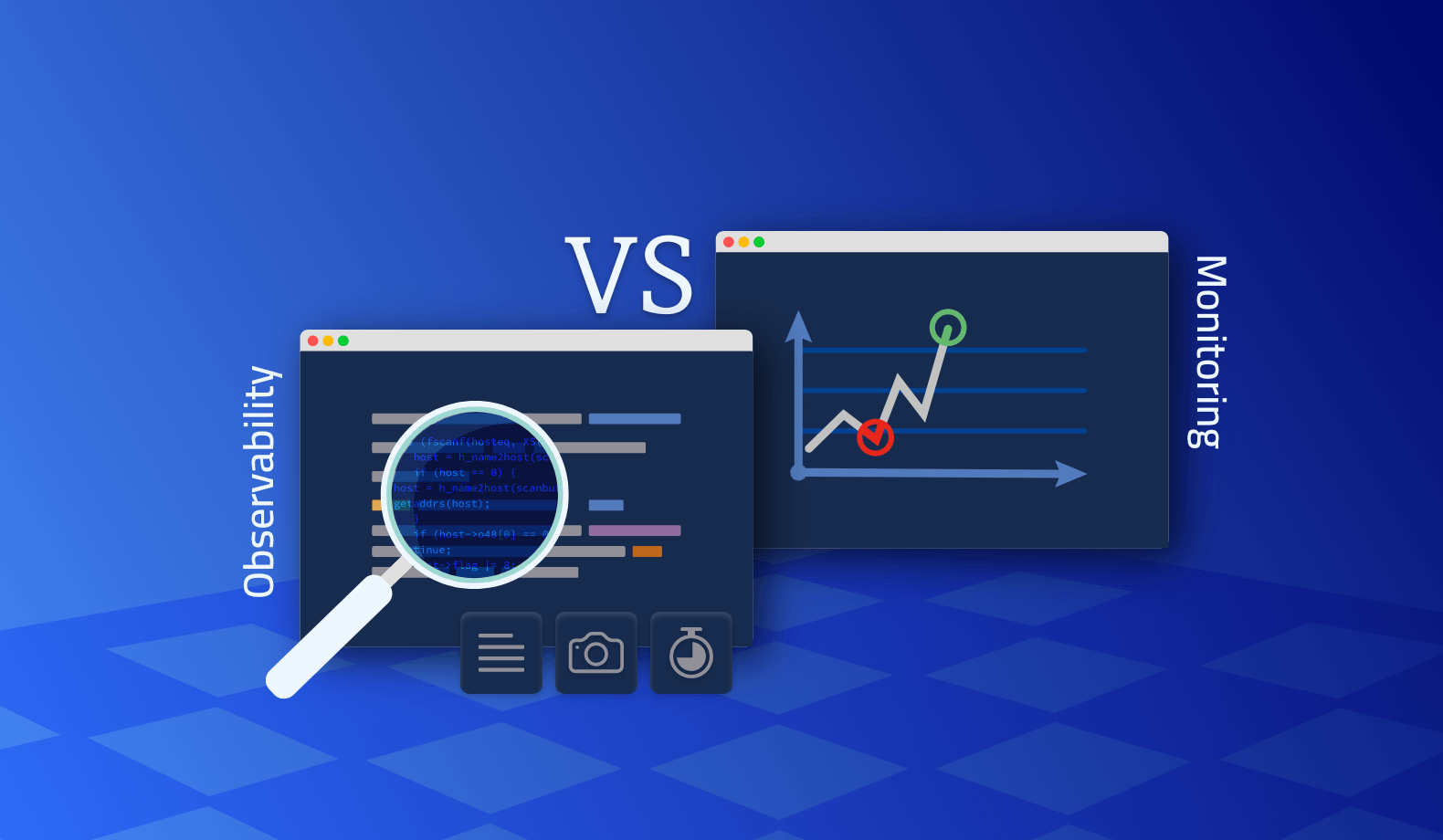

Shift Left Testing: 6 Essentials for Successful Implementation
Testing can evoke polarized reactions from developers. Some love it. Some prefer never to hear of such a suggestion.
But acts of testing is necessary – especially shift left testing.
Testing is often resisted by teams that are pressured by shorter release cycles tend to forgo testing altogether in order to meet deadlines. This results in lowered quality software, which can lead to security vulnerabilities and user experience due to defects.
The concept of shift left testing is popular in DevOps circles. According to an Applause survey, 86% of teams are already using a shift left approach early in the software development life cycle. It is also reported that shift left helped reduce the number of accidental bugs released and the ROI of using a shift left approach is better than fixing broken software that’s deployed.
But what is shift left testing? and why is it a vital component for your team and project’s success?
What is Shift Left Testing?
The goal of shift left testing is to find bugs as early as possible. By doing this, developers can fix these bugs before they cause major problems. By finding bugs early on, companies can avoid the costly process of fixing these bugs after they have been deployed.
In addition to this, shift left testing can improve the quality of the software. By finding bugs early, developers can make sure that they are fixed before the software is released. Shift left testing is not a new concept. However, it has gained popularity in recent years as companies have started to realize the benefits of this methodology.
Why implement a Shift Left Testing approach?
When it comes to software development, the earlier a problem is found, the cheaper it is to fix. This is the philosophy behind shift left testing, also known as shift left development or continuous testing.
The goal of shift left testing is to move testing earlier in the software development process. By doing so, problems can be found and fixed before they have a chance to cause major issues further down the line.
There are many benefits to shift left testing, including:
- Reduced costs: By finding and fixing problems early, the overall cost of development is reduced.
- Improved quality: Catch problems early, the quality of the final product is improved.
- Faster development: By testing continuously, development can move faster as there is no need to wait for a separate testing phase.
- Increased collaboration: By involving testers early on, they can provide valuable input to the development process.
- Security Remediation: Earlier detection of security issues prevents costly security breaches.
6 Essentials for successful Shift Left Testing implementation
1. Plan the testing framework
There are several ways to plan the testing framework for a shift left implementation. One approach is to use a model-based testing tool, such as Test Driven Development (TDD) or Behavior-Driven Development (BDD). These tools allow developers to write tests that are based on the behavior of the software, rather than its implementation. This makes it easier to catch errors early before they make it into the code.
2. Define coding standards
As organizations begin to adopt a shift left mentality in their development processes, it becomes increasingly important to establish and enforce coding standards. These standards help to ensure that code is consistent, readable, and maintainable.
It is also important to establish a mechanism for enforcing the coding standards. This enforcement can be done through a combination of tools and processes. Tools such as static analysis can be used to check code for compliance with the defined standards automatically. Processes such as code review can also be used to ensure that code meets the defined standards.
3. Develop a feedback process
In order to ensure that a shift left implementation is successful, it is important to develop a feedback process. This feedback process should include input from all stakeholders, including those who will be using the new system, as well as those who will be responsible for maintaining it. It is also important to solicit feedback at different stages of the implementation process, in order to get a comprehensive picture of how the system is working.
Once the feedback process is in place, it is important to act on the feedback received. This may mean making changes to the system or providing additional training to users. It is also important to keep track of the feedback received, in order to identify any trends.
4. Automate testing where possible
There are many benefits to automating testing, particularly for a shift left implementation. Automated testing can help to speed up the testing process, as well as improve the accuracy of the results. It can also help to reduce the number of manual tests that need to be carried out, which can free up time for other activities.
When deciding which tests to automate, it is important to consider the ROI (return on investment). Automating a test that is run frequently and takes a long time to complete can save a lot of time and money in the long run. Conversely, automating a test that is only run occasionally may not be worth the effort.
There are a number of tools available to help with automated testing. These include open source tools such as Selenium and Watir, and commercial tools such as HP UFT (Unified Functional Testing). The choice of tool will depend on the technology being used and the preferences of the team.
5. Bring testers into the initial SD stages
Bringing testers into the initial stages of development can be a challenge, but it is essential for a successful shift left implementation. Here are a few tips for getting started:
Define what you need from testers.
Before you can bring testers into the fold, you need to know what you need from them. What types of testing will they be doing? What are your expectations for turnaround time? By being clear about your needs upfront, you can avoid any confusion or frustration later on.
Communicate the benefits of shift left.
Once you know what you need from testers, make sure to communicate the benefits of shift left to them. Explain how moving testing earlier in the process can help to identify and resolve issues more quickly. emphasize how this will ultimately lead to a better experience for users.
Train testers on the new process.
If you want testers to be successful in the new process, it is important to provide them with training. Teach them about the different types of testing that will be conducted and how to best go about it. Also, be sure to give them plenty of opportunities to practice so that they are comfortable with the new process before go-live.
Set up a feedback loop.
As with any new process, it is important to set up a feedback loop so that you can continuously improve. Make sure to solicit feedback from testers after each round of testing. What went well? What could be improved? By constantly tweaking and improving the process, you can ensure that it is as effective as possible.
Bringing testers into the initial stages of development can be a challenge, but it is essential for a successful shift left implementation. By following these tips, you can set your team up for success.
6. Make use of observability platforms
Observability platforms like Lightrun are tools that help developers monitor their applications in real-time, identify issues, and quickly fix them.
There are many different observability platforms available, each with its own set of features. However, all observability platforms share some common features that can be used to implement a shift left strategy.
Some of the most common features of observability platforms include:
- Logging: Collect and store application logs for analysis.
- Monitoring: Monitor application performance and identify issues in real-time.
- Tracing: Trace the path of a request through the application to identify bottlenecks.
- Alerting: Set up alerts to notify developers of issues as they happen.
Summary
It’s easy to get lost in the benefits of shift left testing – from shorter timelines, fewer bugs, increased software integrity, and lowered long-term costs – shift left testing is a vital component in a devOps team toolkit.
There are many platforms that implement different processes inside a shift left methodology with Lightrun being the platform for implementing observability.
Why leave the surface bubbling up of bugs up to chance? It’s easy to be proactive and give your devOps team internal visibility with the help of Lightrun.
It’s Really not that Complicated.
You can actually understand what’s going on inside your live applications.








